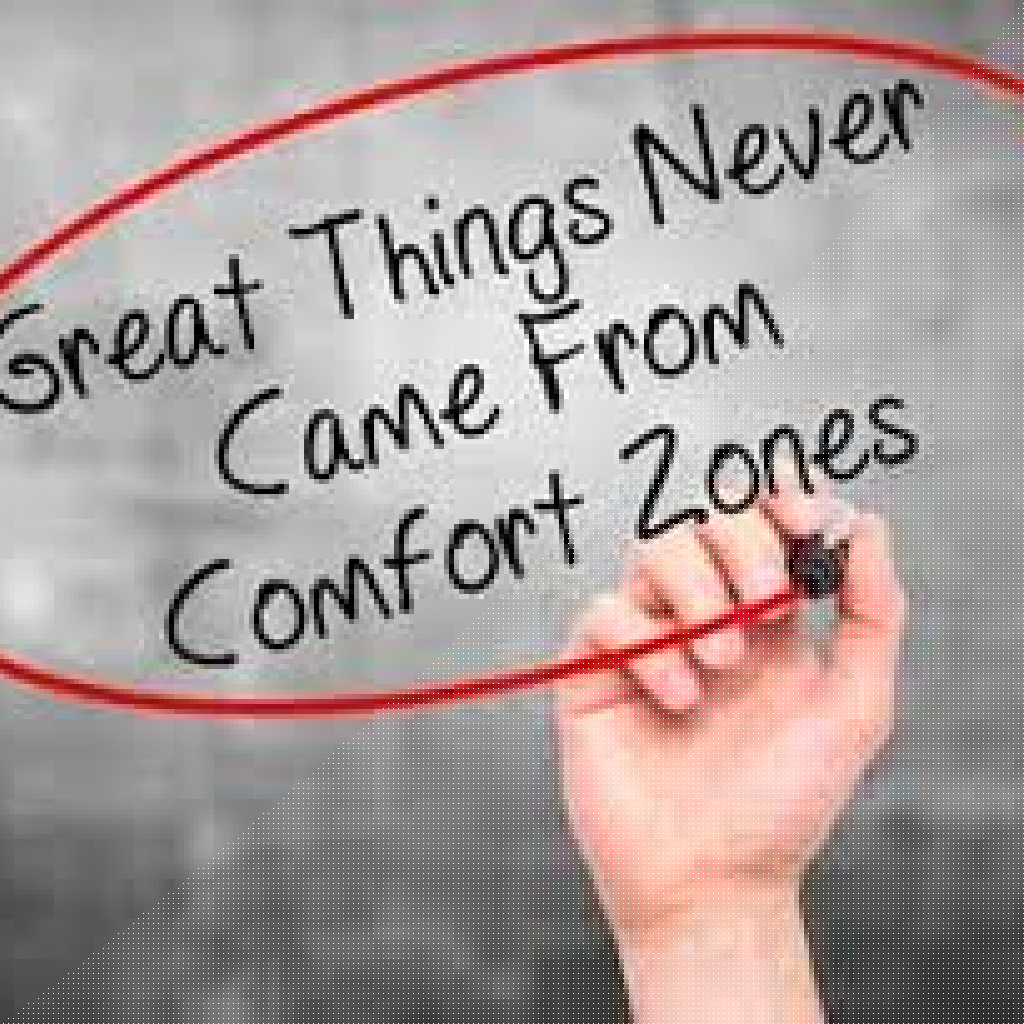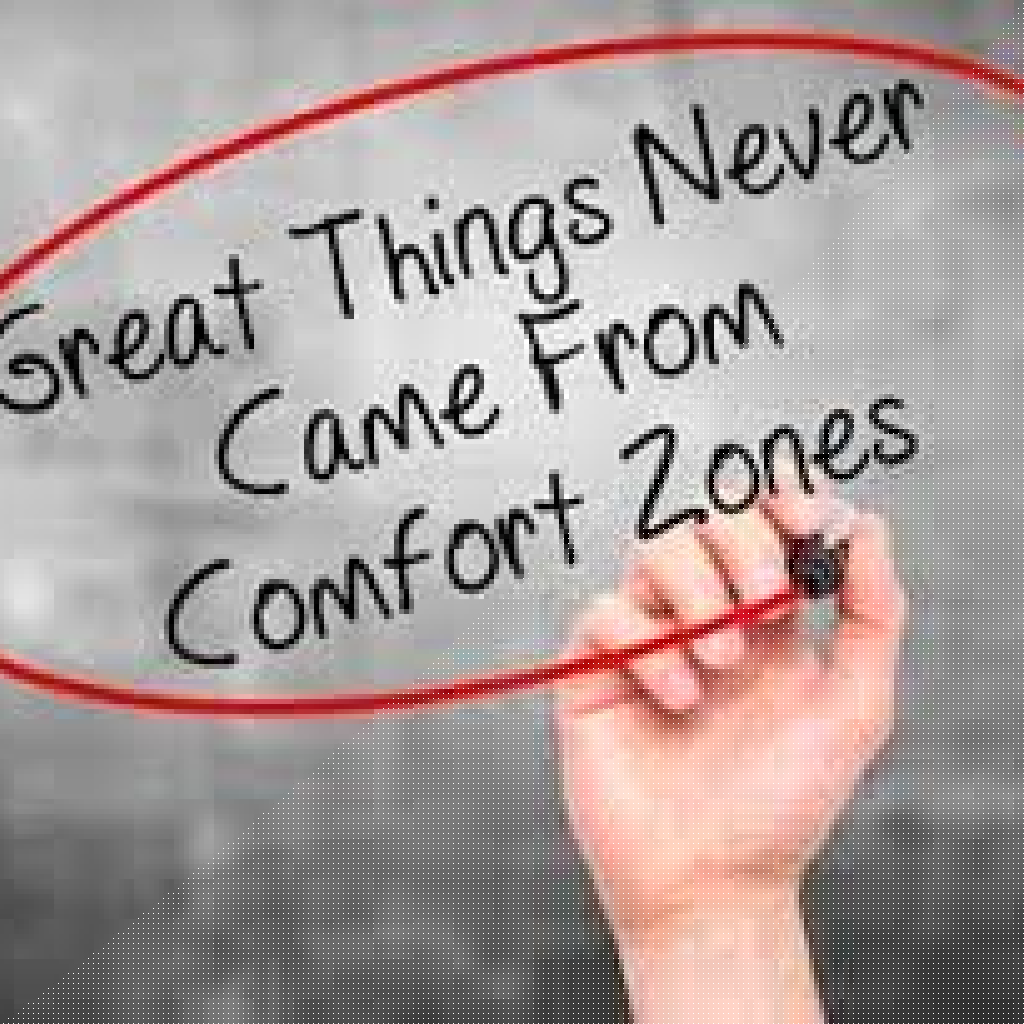Key Takeaways:
- Effective management practices significantly enhance employee motivation and overall workplace performance.
- Open and effective communication is a cornerstone of successful relationship building within teams.
Introduction
Effective communication is not just a fundamental skill but a vital component of successful management. In the ever-evolving world of business, where teamwork and collaboration are paramount, managers must embrace techniques that foster understanding and engagement among their teams. This article delves into effective communication strategies that can propel managers toward success, leveraging real-world examples and practical tips.
Why is Communication Critical in Management?
Communication acts as the lifeblood of any organization. It bridges the gaps between teams, encourages collaboration, increases employee morale, and enhances overall performance. Poor communication, on the other hand, often results in misunderstandings, conflict, and ultimately decreased productivity. Recognizing the power of effective communication is the first step toward better management.
What Are Effective Communication Strategies for Managers?
-
Active Listening
- Active listening goes beyond just hearing; it requires full engagement with the speaker. Managers who listen attentively can foster an atmosphere of trust and openness. For example, when team members feel heard, they’re more likely to voice their concerns and ideas.
-
Providing Clear Instructions
- Clear and concise messaging is essential. Managers should ensure that their instructions are straightforward. For instance, rather than saying, “We need to increase performance metrics,” a more effective approach would be, “I expect everyone to submit weekly progress reports and to aim for a 10% increase in sales by the end of the month.”
-
Utilizing Feedback Loops
- Establishing a feedback loop not only improves communication but also enhances engagement. Managers can implement regular check-ins or surveys, gaining valuable insights into team dynamics. This two-way interaction promotes an inclusive culture where employees feel valued and involved.
-
Encouraging Open Communication
- An open-door policy encourages team members to approach management with ideas or concerns. This approach fosters a collaborative environment and strengthens workplace relationships. For instance, a manager might schedule weekly brainstorming sessions where everyone is invited to share their views freely.
-
Using Technology Wisely
- With the rise of remote work, managers should integrate communication tools that keep teams connected. Platforms like Slack or Microsoft Teams can facilitate ongoing conversations. However, it’s vital to strike a balance and not overwhelm employees with constant notifications.
How Do You Create a Culture of Open Communication?
Creating a culture of open communication doesn’t happen overnight. It takes consistent effort and commitment from management. Here are some actionable steps:
- Model Transparency: Transparency in communication encourages employees to do the same. Managers should share updates about company performance and strategy.
- Celebrate Successes: Recognizing and celebrating team achievements fosters a sense of belonging and encourages further engagement.
- Train Employees: Offering training sessions that focus on communication skills can empower employees to express themselves more effectively.
What Role Does Empathy Play in Communication?
Empathy is crucial in any form of communication. Understanding and acknowledging the feelings and perspectives of colleagues can lead to more meaningful interactions. When managers practice empathy, it enhances their ability to connect with their team, leading to a healthier workplace environment.
Practical Tips for Enhancing Communication in Teams
- Regular Meetings: Schedule consistent team meetings to discuss objectives and updates. This creates a routine where team members know when to share information and where they stand on tasks.
- Visual Aids: Utilize whiteboards, charts, or virtual tools to visually represent data. Visual aids can enhance understanding and retention of information.
- Encourage Questions: Always create an atmosphere where asking questions is welcomed and encouraged. This practice can clarify doubts and enhance learning.
Conclusion
Effective communication is an essential component of modern management. By employing strategies such as active listening, clear instructions, and open-door policies, managers can build stronger teams that are motivated and engaged. Ultimately, effective communication is not just about sharing information; it’s about building a culture of trust and collaboration that drives organizational success.
Call to Action
Embrace these communication strategies today, and watch as employee motivation and performance soar within your organization. Make effective communication a priority and pave the way to lasting success.













